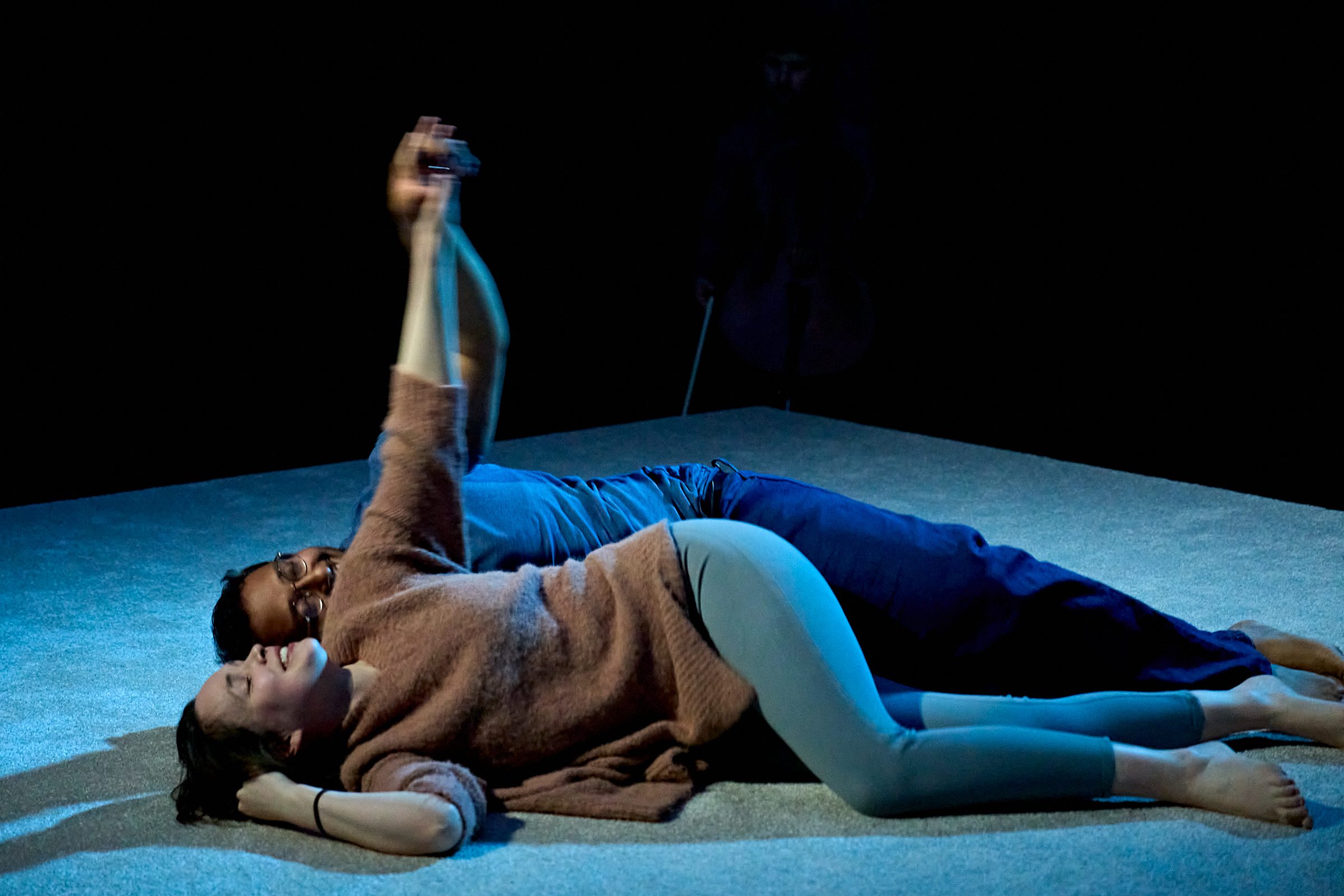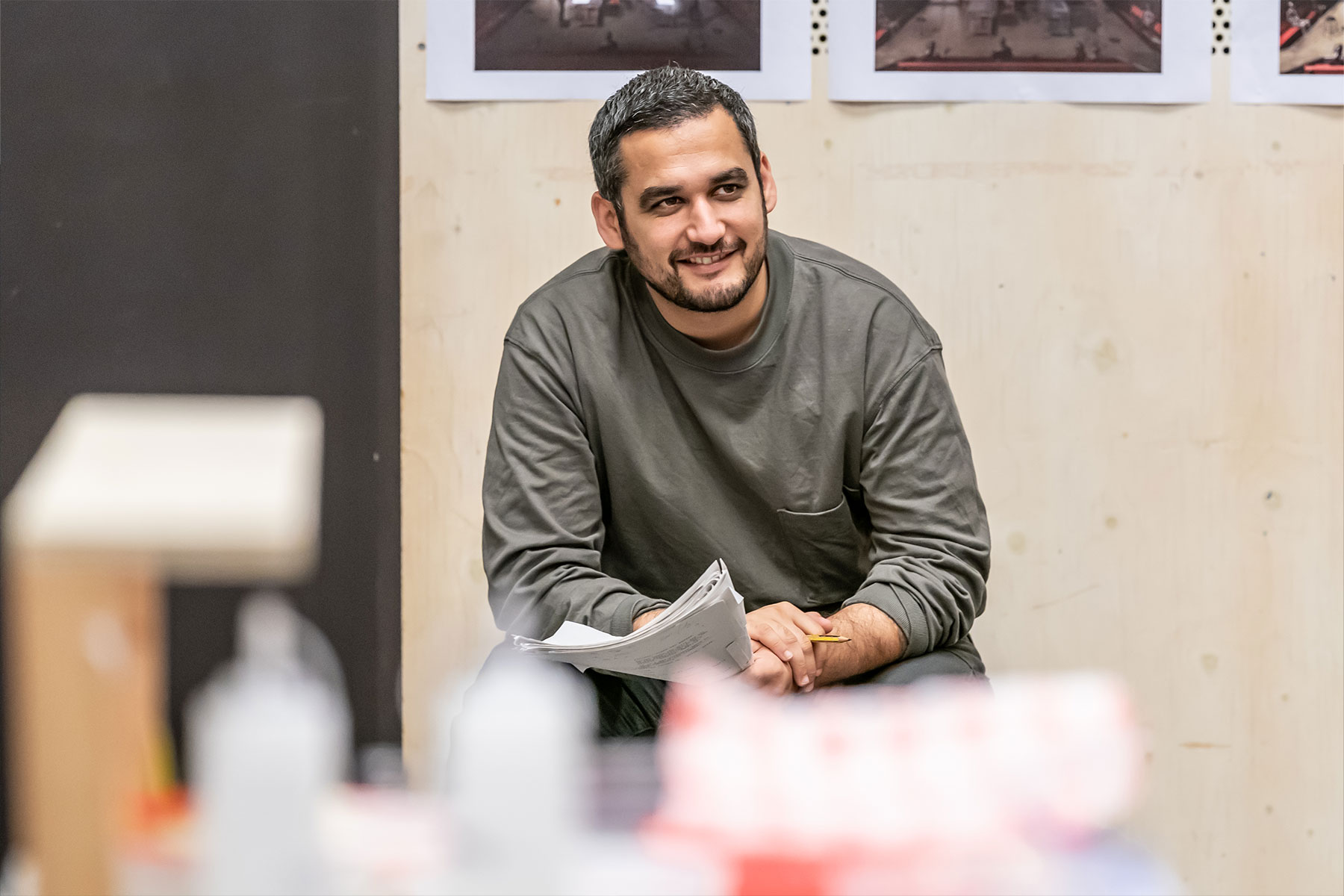Dialogues des Carmélites (Royal Opera House)

© Stephen Cummiskey
The aristocratic Blanche is intimidated by the popular uprising and withdraws into a convent as a form of escape. There she learns more lessons about life than she’d bargained for, and by the opera’s end she has found the courage and serenity to join her fellow sisters at the guillotine.
Robert Carsen‘s much-travelled 1997 Dutch National Opera production has been remounted for the Royal Opera by the director and his original creative team. Visually it is a stripped-back affair, as stark and gracious as the music, with scenes played out in little pools of light to enhance their intimacy. Yet the Covent Garden stage itself has never seemed more vast, for above this human world hangs a grey, eternal nothingness that we may interpret as we choose. Does it represent the smallness of life against an ineffable celestial mystery, or is it just the void into which people of faith vainly pour their beliefs?
The only colours to be seen amid Michael Levine‘s minimal designs belong to the aristocrats. Elsewhere the visual vocabulary is monochrome, the révolutionnaires’ drab garb offset by the black-and-white robes of the Carmelites. A morass of 150 choristers and supernumeraries (a community ensemble drawn from various sources) doubles as a human hoover to effect scene changes and as a human curtain to conceal them.
Simon Rattle conducted Poulenc’s brittle, primary-coloured score with vivid attack while somehow giving the reflective episodes a breadth of tenderness and room to breathe. The orchestra responded with taut precision, only rarely missing its footing along the music’s tightrope.
"Deborah Polaski ripped into the old Prioress’s troubled soul"
It wouldn’t have been a surprise to learn that the vocal indisposition that was announced for two cast members actually extended to a couple more. As it was, Alan Oke masked his ailment well as the Father Confessor but Yann Beuron as the Chevalier, Blanche’s brother, succumbed midway through the performance and was replaced after the interval by his outstanding cover, Luis Gomes.
While Sally Matthews cut a tragic figure in the principal role – now convulsed with indecision, now cowering in fear – vocally she seemed out of sorts. This normally limpid soprano appeared not to trust the restrained nature of Blanche’s music as Poulenc wrote it, and too much overegged singing rendered her French enunciation indecipherable for long stretches. Madame Lidoine, the second Prioress, was sung with uneven volume and more than a little bluster by Emma Bell, another habitually reliable artist.
It fell to the veteran Deborah Polaski to lead the way with a shattering cameo as she ripped into the old Prioress’s troubled soul during her deathbed scene, and above all to Sophie Koch, understandably at ease in her mother tongue but as musically ideal as she was dramatically impassioned in the key role of Mère Marie.
Indeed, all the Carmelite sisters were excellent even though it was not always easy to distinguish between them; but that’s nuns for you. They overwhelmed during Poulenc’s infamous finale, chanting the Salve Regina as an unseen but unhappily amplified blade dropped. Carsen’s stylised staging of this iconic moment, though, is too abstract for its own good and lures the spectator into a badly-timed game of ‘spot the next victim’ before leaving Blanche alone, symbolically crucified in her martyrdom.










